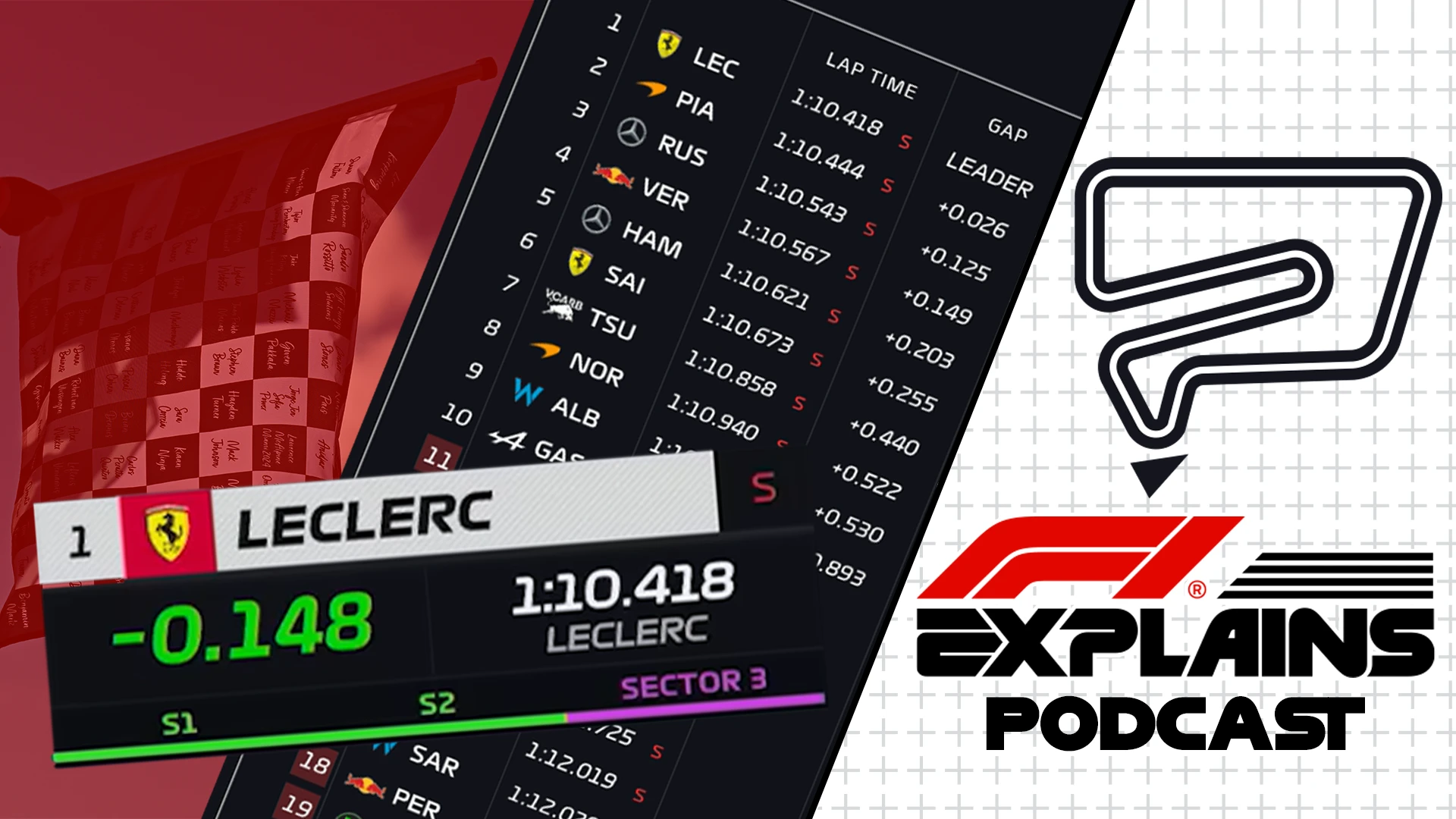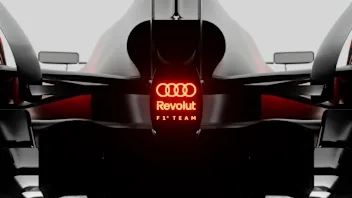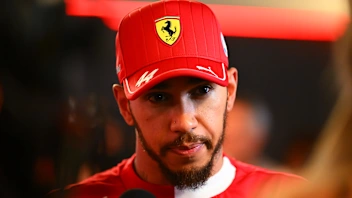F1 EXPLAINS: How F1 lap times are recorded in a world of hundredths and thousandths

In Formula 1, every thousandth of a second is crucial. Drivers’ performances are often separated by less than the blink of an eye, so how are F1 cars timed so accurately?
To find out, F1 Explains hosts Christian Hewgill and Katie Osborne catch up with James Clarke, a highly-trained timekeeper.
James explains the technology on cars and at circuits which make the timing system work, how lap times and race positions are accurately recorded, and what happens if two drivers set identical times.
To listen to the full episode, hit go on the audio player above – or click here to listen on your preferred podcasting platform.
And to get your questions answered, you can send a query about any F1 topic you fancy to F1Explains@F1.com. Our intrepid podcast team will then hunt down the best person in the paddock to give you the answer.
NEED TO KNOW: The most important facts, stats and trivia ahead of the 2024 British Grand Prix
All episodes of F1 Explains are available on Apple Podcasts, Spotify and all other major podcast apps. New episodes are released every Friday.
Next Up
Related Articles
 Getting to know the real Esteban Ocon
Getting to know the real Esteban Ocon Audi announce team name and global launch date for 2026 challenger
Audi announce team name and global launch date for 2026 challenger Hamilton 'doesn't have a mindset' for 2026 after tricky year
Hamilton 'doesn't have a mindset' for 2026 after tricky year 3 inspiring individuals share their paths to working in F1
3 inspiring individuals share their paths to working in F1 Norris collects World Championship trophy at FIA Awards
Norris collects World Championship trophy at FIA Awards An exclusive look into Pierre Gasly's off-track life
An exclusive look into Pierre Gasly's off-track life